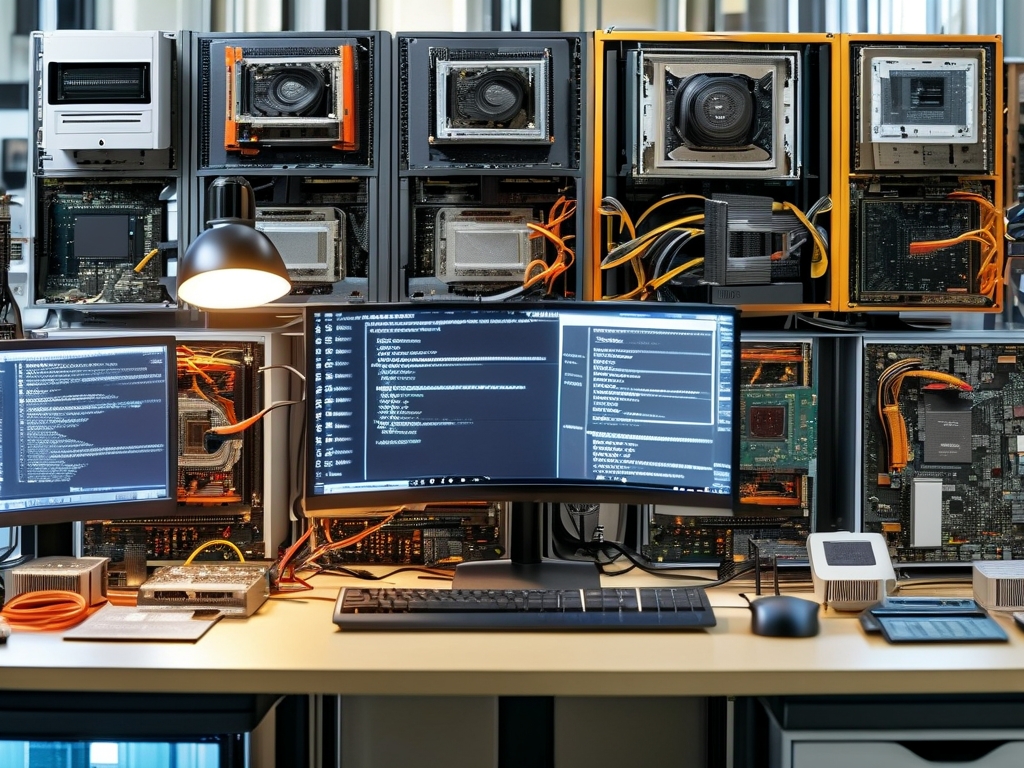The evolution of embedded systems development continues to reshape industries, from smart home devices to automotive control units. As demand for interconnected and energy-efficient solutions grows, developers face both opportunities and hurdles in designing robust embedded systems. This article explores current trends, technical challenges, and practical strategies for professionals navigating this dynamic field.

The Rise of IoT-Driven Embedded Architectures
Modern embedded systems increasingly rely on IoT integration. Developers now prioritize low-power wireless protocols like Zigbee and LoRaWAN to enable seamless device communication. For example, a temperature sensor in an agricultural IoT setup might transmit data via BLE while maintaining ultra-low energy consumption:
// BLE transmission snippet for sensor data
void send_sensor_data(uint16_t temp) {
ble_payload_t payload;
payload.temperature = temp;
ble_send(&payload, sizeof(payload));
enter_low_power_mode();
}
This shift demands expertise in hybrid firmware stacks that combine real-time operating systems (RTOS) with cloud connectivity modules—a significant departure from traditional bare-metal coding practices.
Security: The Unavoidable Frontier
With embedded devices handling sensitive data, security has transitioned from an afterthought to a core design requirement. Techniques like secure bootloaders and hardware-based encryption (e.g., ARM TrustZone) are now standard. A 2023 survey by Embedded Computing Design revealed that 68% of developers consider cryptographic acceleration units critical in microcontroller selection. Yet, balancing security with performance remains contentious. Resource-constrained devices often struggle to execute AES-256 encryption without compromising responsiveness, prompting debates about algorithm optimization versus hardware upgrades.
Toolchain Complexity and Developer Adaptation
The proliferation of specialized toolchains—such as PlatformIO for multi-platform development or Renode for system emulation—has created a fragmented ecosystem. While these tools enhance productivity, they require continuous learning. A case study from an automotive tier-1 supplier showed that teams adopting Zephyr RTOS needed 12–14 weeks to achieve proficiency, delaying project timelines.
Moreover, debugging heterogeneous systems (e.g., combining RISC-V cores with AI accelerators) often involves unconventional approaches. One engineer shared an anecdote about using LED blink patterns to trace memory leaks in a headless industrial controller—a "low-tech" solution underscoring the field’s pragmatism.
Sustainability Pressures and Hardware Constraints
Global energy regulations are pushing embedded systems toward extreme efficiency. The latest ESP32 variants, for instance, achieve 10µA sleep currents but require meticulous power management firmware:
// Dynamic voltage scaling for power optimization
void adjust_cpu_frequency(power_profile_t profile) {
switch(profile) {
case HIGH_PERF:
set_cpu_clock(240); // MHz
break;
case BALANCED:
set_cpu_clock(160);
break;
case ECO:
set_cpu_clock(80);
disable_peripherals();
}
}
Such optimizations collide with market demands for smaller form factors, forcing engineers to make tough trade-offs between battery life, processing power, and thermal limits.
The Role of Open-Source Ecosystems
Open-source projects like FreeRTOS and Arduino frameworks have democratized embedded development but introduced new challenges. Version fragmentation remains a persistent issue—a medical device startup recently encountered critical bugs by mixing ESP-IDF v4.4 drivers with v5.0 BLE libraries. Conversely, communities like PlatformIO’s have accelerated troubleshooting through shared troubleshooting databases, reducing average issue resolution time by 40% according to internal metrics.
: Navigating the Embedded Crossroads
Embedded systems development stands at a crossroads between increasing complexity and escalating requirements. Success in this field now demands not only technical mastery but also strategic decision-making—whether choosing between ASIC and FPGA implementations or evaluating long-term maintainability of open-source components. As edge computing and AIoT gain momentum, developers who embrace continuous learning and interdisciplinary collaboration will lead the next wave of embedded innovation.

